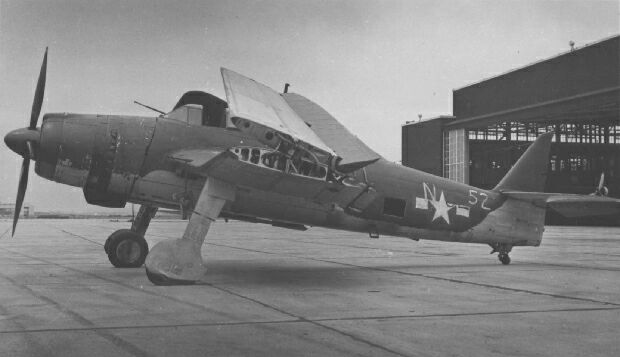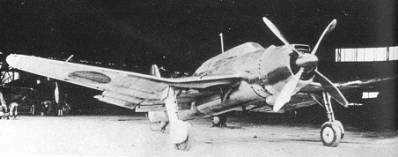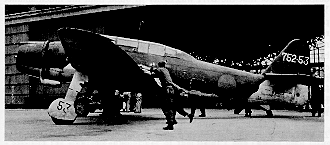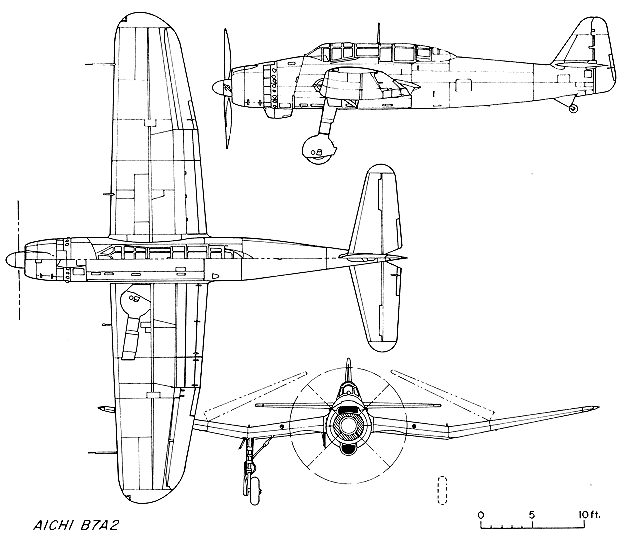

Historical Writings of the combat aircraft of the two World Wars
|
Aichi B7A "Ryusei"
|
 |
| The Aichi B7A Ryusei (Shooting Star) was one of the largest (and coincidentally one of the most powerful) of Japan's carrier-based aircraft. It is believed that had Japan been able to launch strikes with this formidable warbird from carriers, the Ryusei would have had a devastating impact on Allied shipping. |
 |
The B7A was designed to a 1941 specification, or 16-shi,
for a a fast aircraft that was to supplement and later replace the Nakajima
B6N and the Yokosuka D4Y dive-bomber. |
|
Though it did not carry any more weapons than its predecessors, the B7A did show itself to be greatly superior. In fact, it displayed maneuverability and speed that was at least as good as that of the A6M Zero. This two-man warbird made its first flight in late 1941, but did not come into service until Japan had not only lost command of the air, but of the sea. Problems with the engine delayed production, and by the time service deliveries had finally taken place, Japan had lost all of her carriers. This forced the B7A to launch all of it's operational missions from land bases. Total production amounted to only 114 flying examples of this aircraft. This was partly due to massive allied bombing, and mainly because the Aichi Furutaka plant was destroyed in a serious earthquake in May 1945. |
|
Just how much damage the Ryusei (Allied code-name "Grace") attack-bomber could have done is debatable. It was severely hindered by not being able to be used in carrier strikes, thus limiting it's operational value. At the very least, the Ryusei would have become dreaded to the Allies. The Ryusei could not have won the war, but it could have delayed the end of it significantly. Charles Bain |
 |
 |
|
Technical Specifications Origin: Aichi Kokuki KK; with second-source production by Dai-Nijuichi
Kaigun Kokusho Type: Two-seat Carrier-based torpedo and dive bomber. Engine: 1,825hp Nakajima NK9C Homare 12 18-cylinder radial. Dimensions: Span 47ft 3in (14.40m); length 37ft 8.5in (11.49m); Height 13ft 4 1/4in (4.07m) Weights: Empty 7,969lbs (3614kg); loaded 12,568lb (5700kg). Performance: Maximum speed 352mph (566km/h); service ceiling
29,365ft (8950m); Armament: Two 20mm Type 99 Model 2 in wings and single 7.92mm
or 13mm gun aimed |


If you have any questions you would like answered, e-mail them to
charles_bain@hotmail.com

© simviation.com 2001. All rights reserved.